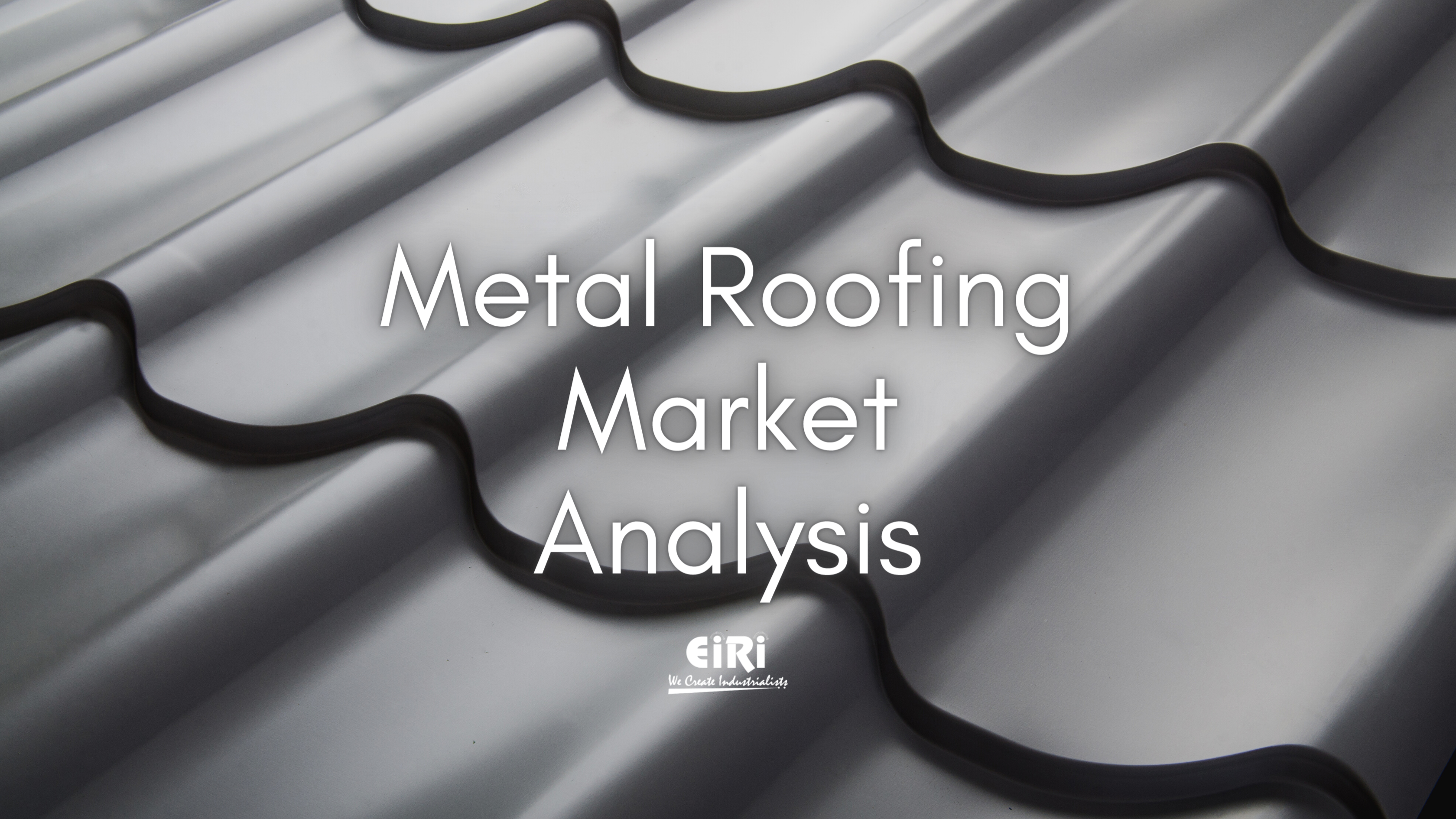End-to-End Analysis of the Metal Roofing Market
From envisioning the design aesthetics to ensuring energy efficiency, the architectural and construction projects are often centred on the specific use of material for roofs. After all, roofing could cost a fortune if not administered strategically.
This is precisely why enterprises and consumers alike categorically affirm the viability of implementing a metal roof, which is affordable and durable. In essence, metal roofing is a blanket term that has found its way into new residential housing units, warehouses, industrial units, and even commercial complexes.
A Look into the Market
Metal roofing is one of the most cost-effective alternatives in terms of longevity and performance, which opens up numerous applications beyond external architectural structures. It is also convenient for maintenance because it requires minimal to no upkeep.
That said, a number of reasons are attributed to the growth in demand for metal roofs. For instance, metal roofing is cost-effective, significantly extending the lifespan of the material. In addition to this benefit – albeit one that seems to be lost on many – metal roofs also offer durability and aesthetics.
Here’s a summary of how the Indian market looks like:
- Value – $986 million (as of 2020)
- Projected Value – $1,546 million (by 2026)
- CAGR – 7.9%
Here’s a summary of how the Global market looks like:
- Value – $7,721 million (as of 2020)
- Projected Value – $14,862 million (by 2027)
- CAGR – 11.53%
Certainly, the global metal roofing market is poised to grow exponentially in the next four years. With such huge market potential, it is no surprise that multiple companies are vying for a share of the pie, where opportunities for metal roofing contractors become immense.
A Look into the Trends
1. Design aesthetics
The design aesthetics for metal roofs is often a combination of aesthetic, durability, and functionality. Of course, aesthetics is a definite factor in awarding points to metal roofing, considering the proliferation of minimalist design trends.
2. Maintenance cost
Metal roofing is generally low-maintenance which is due to its resistance to corrosion, rust, and water damage. Therefore, it would come as little surprise that the number of buildings incorporating metal roofs as exterior cladding has increased over the years.
3. Fire protection
The fire risk for buildings’ exterior cladding is undeniably high, making metal roofing a must-have for commercial and industrial complexes needing fire protection components.
4. Environmental friendliness
The metal roofing industry is also making an effort to be more environmentally friendly. For instance, metal roofing manufacturers are incorporating sustainable initiatives into their business operations, ranging from producing solar panels, installing renewable energy sources, and recycling building materials. It would come as little surprise that metal roofs continue to gain popularity in the building sector.
5. Grain, Walnut and Metallic finishes
Typically, most metallic roofing materials are baked to achieve a glossy and smooth finish. However, some materials may take on a slightly grainy or even matte finish. Naturally, the final appearance of the roof will be based on aesthetic preferences and practical considerations such as weather conditions.
A Look into the Opportunities
1. Maintenance
Companies that offer metal roofing services such as repair, inspection, and supply are poised to attract more customers. In fact, metal roofing contractors are expected to draw unprecedented growth in the landscape industry. It is also important to note that residential properties with metal roofs typically require minimal maintenance and often last longer than other materials. Hence, demand for metal roofing services will only increase over time.
2. Cost
As mentioned earlier, metal roofing is generally a cost-effective alternative to other materials such as tile. Metal roofing can even cater to commercial and industrial buildings that require extensive fire protection systems. Hence, demand for this type of material will only rise in the future.
3. Demand from Developing Markets
Manufacturers, contractors, and service providers are also expecting a higher demand for metal roofing products in the coming years from developing markets such as Asia-Pacific and Africa.
A Look into the Competition
- Building contractors and companies that offer metal roofing services to homeowners and businesses are major players in this segment.
- Metal roof manufacturers are also major competitors in the market. Some have entered into strategic partnerships with other supplying companies such as distributors, contractors, and installers to tap into new markets like India, Poland and China.
- As a result, one major trend in this segment is to produce lightweight metal roofing such as steel or galvanized zinc.
- Due to the increasing demand for metallic and steel materials, a growing number of companies offer these products.
- The market is expected to maintain its bullish growth over the next few years because of the increased demand for lightweight metal materials for various construction projects.
To Sum Up
Amid market proliferation, we can expect that contractors, as well as architects and construction companies, will be in for a real treat. By carefully navigating through this market genre, these professional players can achieve substantial revenue from this booming industry.




